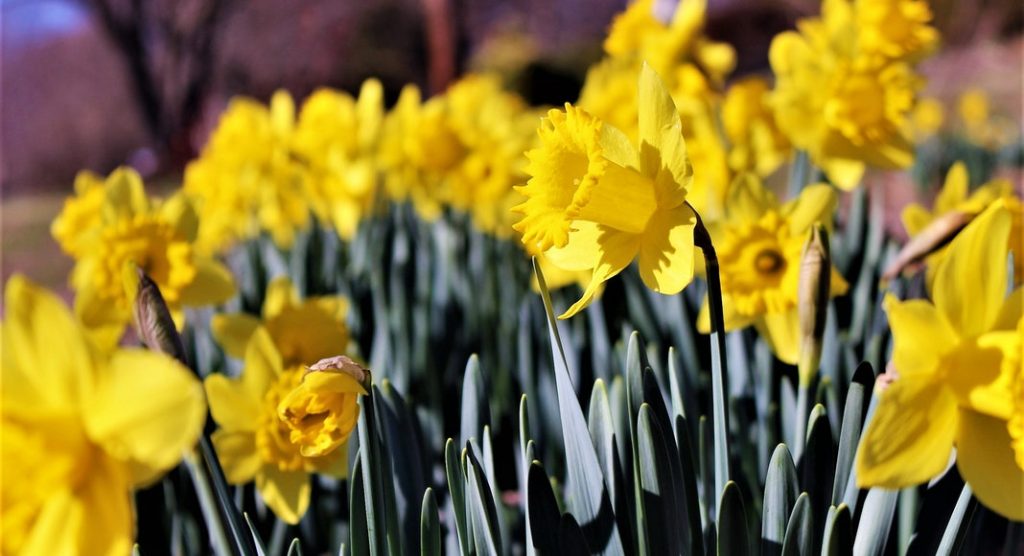 This spring, we partnered with Mighty Kind: An Anti-Bias Series for Kids to create a collection of spring celebrations from around the world. They created beautiful coloring pages for us to share as well as providing us with the history behind popular celebrations of spring from all over the world. What are your favorite springtime celebrations?
This spring, we partnered with Mighty Kind: An Anti-Bias Series for Kids to create a collection of spring celebrations from around the world. They created beautiful coloring pages for us to share as well as providing us with the history behind popular celebrations of spring from all over the world. What are your favorite springtime celebrations?
Teotihuacan Spring Equinox — Mexico
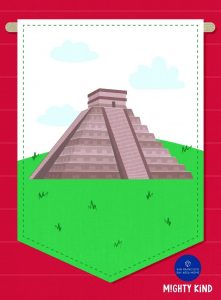 People from across Mexico make an annual pilgrimage to Teotihuacan, an ancient Mesoamerican city to celebrate the Spring equinox. Tourists and locals (some dressed in
People from across Mexico make an annual pilgrimage to Teotihuacan, an ancient Mesoamerican city to celebrate the Spring equinox. Tourists and locals (some dressed in
white) climb the Pyramid of the Sun and throw their arms to the sky. It’s said that the pyramids have special energy during an equinox that can be transferred to people,
especially those wearing white. To learn more about Mexican culture, check out Mighty Kind Issue 1.
St. Patrick’s Day – Irish/Global 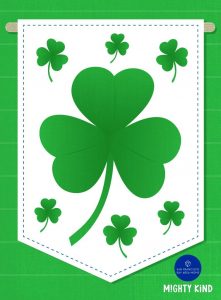
St. Patrick is the patron saint of Ireland, but he wasn’t born there! Brought to Ireland as an enslaved person (perhaps from Wales or Scotland), he escaped and followed his vision of spreading the word of Christianity across the country. He spent his days preaching, baptizing, and building churches until his death in County Down on March 17, 461 AD. March 17th became known as St. Patrick’s Day. The day is celebrated across the world by both the Irish and the Irish-at-heart, with parades, carnivals, and concerts, the largest of which are in Dublin, Ireland. People traditionally wear green to celebrate,
though the original color associated with St. Patrick was blue!
 Qingming Festival – China
Qingming Festival – China
The Qingming Festival, or Tomb Sweeping Day, is held each Spring in China. It’s a day to pay respects to ancestors, and a time for people to go outside and enjoy the season of Spring. During Qingming, Chinese families visit the tombs of their ancestors to clean the gravesites or lay flowers, pray to their ancestors, and make ritual offerings. Many also enjoy the outdoors during this time by flying kites and playing sports.
Passover – Jewish/Global 
Passover, a major Jewish holiday, is celebrated for eight days in early Spring. It commemorates the emancipation of the Israelites from slavery in ancient Egypt. The tradition includes Seder, a festive holiday meal where multiple generations gather to eat a traditional meal and retell the story of the Exodus. On the first and last two days, those
that celebrate light candles and eat festive meals. On this day, they don’t drive, work, write or turn on and off electronics. They also avoid eating Chametz (leavened grain) and instead, eat unleavened bread as the Israelites did when they left Egypt. It is a celebration of miracles! If you want to learn more about modern-day Egypt, check out Mighty Kind Issue 4.
 Nowruz – Iranian New Year, Persian holiday, Central Asia
Nowruz – Iranian New Year, Persian holiday, Central Asia
Nowruz, which means “New Day” in Persian, is the Iranian or Persian New Year. It’s celebrated on the Spring equinox, which falls around March 20th on the Gregorian calendar. The day focuses on strengthening the idea of peace and solidarity within the community while marking the renewal of nature. While this day is celebrated by over 300
million people around the world, it’s a major day of celebration for those in Iran, Afghanistan, and the Kurdish regions of Iraq, Turkey and Syria, and throughout Central
Asia. Celebrations can last two weeks and include eating traditional food and visiting with
friends and family, though specific traditions vary country to country.
Holi – Northern India 
Holi, also known as “Festival of Spring” or “Festival of Colours,” is a Hindu festival that signifies good triumphing over evil. This festival celebrates the end of winter and the
arrival of Spring, blossoming of love, forgiveness, and reparations of broken relationships. This holiday also celebrates and marks the hope for a prosperous Spring
harvest. Holi takes place according to the Hindu lunar calendar. It falls in the Hindu month of Phalguna, about the middle of the Gregorian calendar month March. The festival begins with Holika Dahan on the night of the full moon (Purnima) and ends the following day with the festival of colors. Holi is celebrated throughout India and among Hindu communities worldwide with many variations. The festival happens a day earlier in West Bengal and Odisha, where it is celebrated as Dol Jatra or Dol Purnima on the same day as Holika Dahan. In addition, in some parts of India (such as Mathura and Vrindavan) festivities commence a week or so earlier.
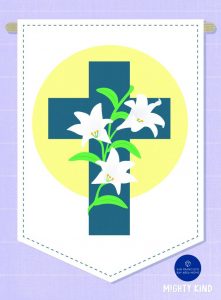 Easter- Christian/Global
Easter- Christian/Global
Easter, celebrated throughout Christianity, is a religious holiday that commemorates the resurrection of Jesus Christ. Christians believe that through Jesus’ physical sacrifice and then resurrection all mankind will live again after their mortal death through their own resurrections. This holiday is celebrated on the first Sunday after the ecclesiastical full moon, and is marked by feasts, gatherings of family and friends, sunrise worship services
and Bible readings. Other symbols of Easter include decorated Easter eggs (a symbol of Christ’s empty tomb), and the Easter lily (a symbol of the resurrection). This religious holiday has gained non-Christian cultural significance throughout North America where it is often celebrated in conjunction with Spring Equinox. Easter egg hunts, the Easter Bunny, and Easter parades are a part of both religious and non-religious celebrations.
Earth Day- Global 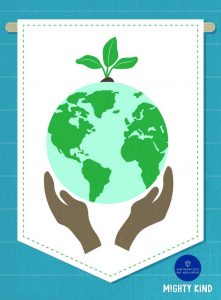
Earth Day is an annual event celebrated around the world on April 22. It’s a day dedicated to demonstrating support for environmental protection. Originally proposed by
peace activist John McConnell at a UNESCO conference in 1969, now more than 193 countries mark the first day of Spring in the northern hemisphere with global events
around education, action, and appreciation for Earth. To learn more about how you and your family can be kind to the Earth, check out Mighty Kind Issue 2.
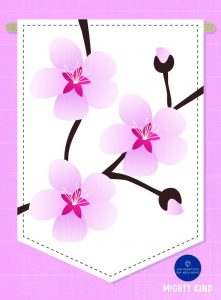 Cherry Blossom Festival- Japan
Cherry Blossom Festival- Japan
The Cherry Blossom Festival, known as Hanami, is the Japanese custom of observing the cherry (“Sakura”) blossoms after a long and dormant winter. From the end of March to early May, many friends, family members, and communities gather together to hold parties in celebration of the tree’s fleeting beauty. These celebrations happen outdoors during the day and can continue late into the night. At night these parties are called Yozakura (“night sakura”). During Yozakura many people decorate with lanterns and enjoy music and food. A more ancient form of Hanami is celebrated with plum tree blossoms. These specific celebrations are called umemi (“plum-viewing”). To learn more about Japanese culture, keep your eye out for Mighty Kind Issue 6: Olympics releasing May 2021.
Cooper’s Hill Cheese -Rolling and Wake- Gloucester, England 
During Spring Break in Gloucester, England, participants in the Cooper’s Hill Cheese Rolling and Wake run down a steep 200-yard hill chasing a round of Double Gloucester
cheese. The goal is to catch the round of cheese, but the cheese, which weighs between 7 and 9 pounds gets a one second head start and can reach speeds up to 70 mph. The
first person to cross the finish line wins the race and the cheese. This tradition was first recorded in the town’s newspaper in 1826 but by then it was already a long-standing tradition. This event always takes place on the same hill in Gloucester every year. However, it’s recently been replicated at a food and drink festival in Chester, England.



















